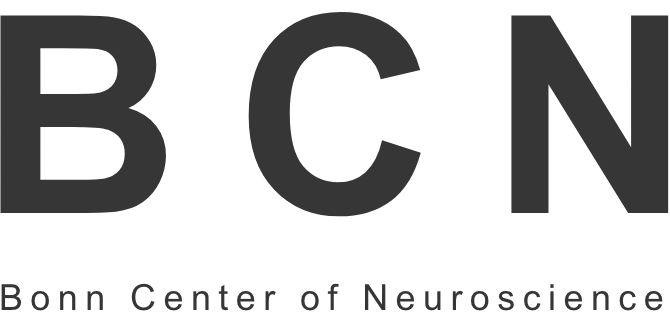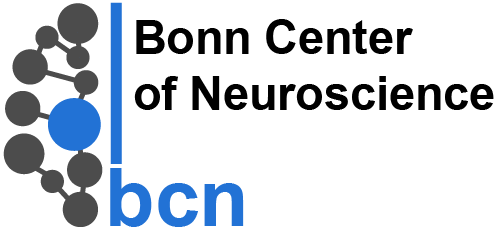Welcome
Welcome to the Bonn Center of Neuroscience (BCN), the central network for neuroscience at the University of Bonn. At the BCN, more than 300 scientists share a passion for understanding the brain, the most complex and fascinating organ in mammals.
Welcome to the Bonn Center of Neuroscience (BCN), the central network for neuroscience at the University of Bonn. At the BCN, more than 300 scientists share a passion for understanding the brain, the most complex and fascinating organ in mammals.
Welcome to the Bonn Center of Neuroscience (BCN), the central network for neuroscience at the University of Bonn. At the BCN, more than 300 scientists share a passion for understanding the brain, the most complex and fascinating organ in mammals.

